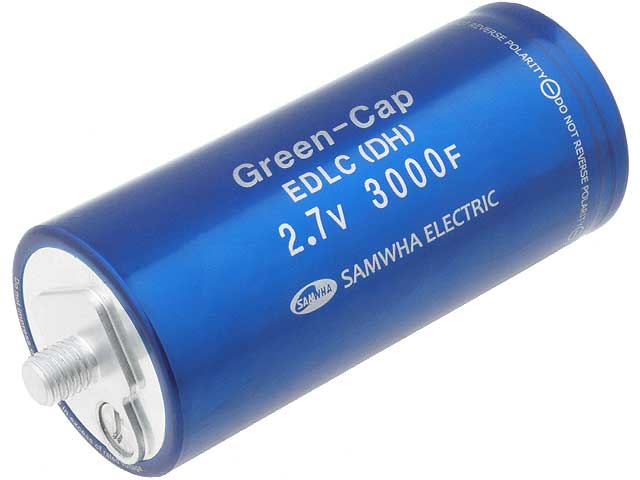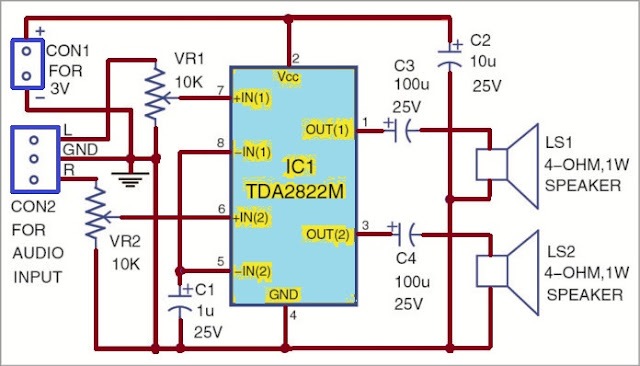What is FM demodulator. IC type FM demodulator explained. CA3089

What is FM demodulator. IC type FM demodulator explained. CA3089 Description of FM de-modulator CA3089 Here in this article we will explore the block diagram of IC CA3089 which is commonly used as FM demodulator. This diagram can be available from IC CA3089 datasheet. The block diagram shows that the incoming signal is passed through three amplifier stages. All three amplifier stages have its own lever detectors. The output of these three amplifiers are summed together and fed through pin 13. Here the signal level can be measured. When the signal level enters the limiting the current of the signal reaches its maximum value. CA3089 FM demodulator IC block diagram Output stage of FM demodulator Output of the final amplifier is fed to quadrature detector stage which convert frequency deviation or frequency changes to the amplitude changes. This is there actual demodulation of FM signal into audio signal or base frequency information. How this demodulator works is shown in the bellow image...









